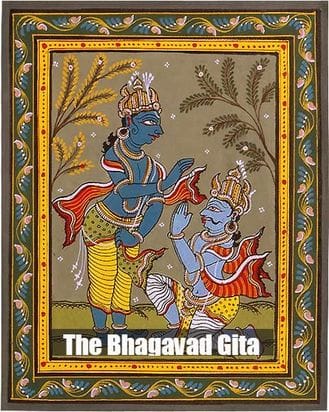What is Sattvic food?
Ancient Hindu tradition lays emphasis on Sattvic diet as a path to achieving higher ideals, the ultimate spiritual aspiration.
It comprises food that is essentially pure, natural, clean and energy-containing. It not only nourishes the body but also has a positive effect on mind, emotions and spirit.
It is known to induce positivity, peace and compassion. Seasonal vegetables and fruits, whole grains, nuts and legumes are all considered Sattvic; on the other hand, onions, garlic, tomato and such others are considered non-Sattvic.
Owing to its inherent purity, Sattvic food is also often denominated as that which is proper enough to be presented as offering to God. It is this tradition that we follow at Vandyam.
Traditional cooks prepare tasty dishes using the best and freshest of ingredients. Once prepared, food is offered first to Lord  Krishna every day by a trained purohit who performs Saaligrama pooja as per the ordained rituals and offer the food following the process of Vaishwadeva, Naivedya and Hastodaka. The traditional Dvadasha Stotra composed by Sri Madhwacharya is recited during the process before being packed and shipped off to our patrons.
Krishna every day by a trained purohit who performs Saaligrama pooja as per the ordained rituals and offer the food following the process of Vaishwadeva, Naivedya and Hastodaka. The traditional Dvadasha Stotra composed by Sri Madhwacharya is recited during the process before being packed and shipped off to our patrons.
According to the Bhagavad Gita, the food that we consume has a profound effect on our thoughts and thereby health.

The food we consume is of three types:
- Sattvic foods consist of seasonal foods, fruits, dairy products, nuts, seeds, oils, ripe vegetables, legumes, whole grains and non-meat based proteins. Sattvic food energizes us and keeps us healthy
- Rajasic foods consist of caffeinated drinks such as coffee, tea, cola drinks, energy drinks, brown or black chocolate, spicy food and excessive salt and sugar
- Tamasic foods include meat, fish, fertilized egg, onion, garlic, scallion, leek, chive, mushroom, alcoholic beverage, blue cheese, eggplant, opium, and stale food

